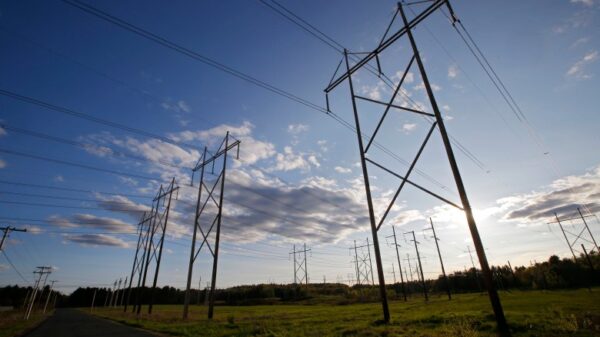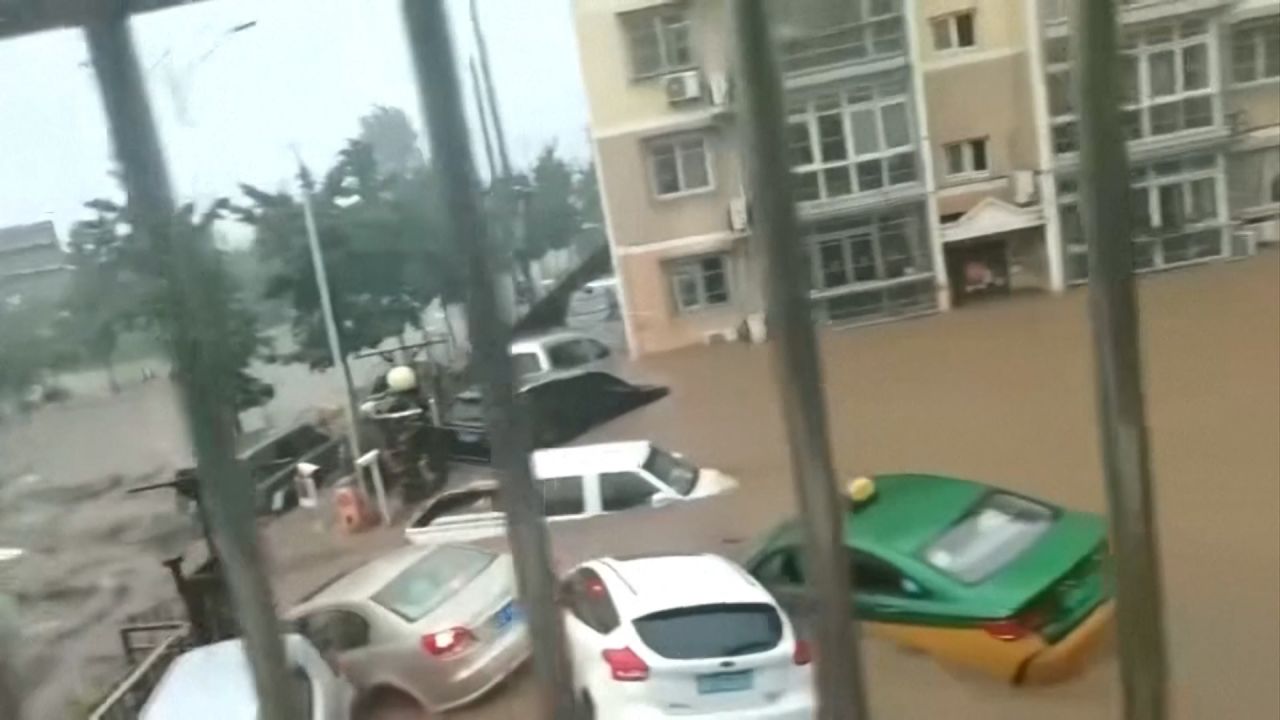Heavy rainfall in northern China has resulted in at least 30 fatalities, according to reports from state media on August 15, 2023. These intense storms have primarily affected the mountainous outskirts of Beijing, leading to significant flooding and landslides that have devastated local communities.
The persistent downpours began several days ago and have intensified, overwhelming drainage systems and inundating residential areas. Many roads have become impassable, complicating rescue efforts and emergency responses. Local authorities have been mobilized to assist those affected and to initiate recovery operations.
Impact on Communities and Infrastructure
The heavy rains have caused extensive damage to infrastructure, with numerous buildings and homes reported as partially or fully destroyed. Emergency services are working tirelessly to assess the situation, but the ongoing weather conditions hinder their efforts.
Residents in the region have been urged to evacuate to safer locations as landslides pose a continuous threat. Many families have been displaced, finding temporary shelter in community centers or with relatives. Local officials are coordinating relief supplies, including food and medical assistance, to support those in need.
According to meteorological forecasts, the region is expected to experience further rainfall in the coming days, raising fears of additional flooding and landslides. The government is closely monitoring the situation and is prepared to implement further safety measures if necessary.
Government Response and Future Precautions
In light of the disaster, the Chinese government has announced it will allocate resources to aid recovery efforts in the hardest-hit areas. Officials emphasize the importance of improving drainage systems and infrastructure to withstand future extreme weather events, which have become increasingly frequent in recent years.
This incident highlights the growing challenges posed by climate change, as heavy rainfall in northern China has become more common. Authorities are calling for improved preparedness and resilience strategies to better protect vulnerable communities from such natural disasters.
As recovery efforts continue, local and national leaders are also advocating for public awareness campaigns on emergency preparedness. Educating residents about the risks associated with severe weather conditions is essential to enhancing community resilience and minimizing future impacts.
The situation remains fluid, with updates expected as rescue operations and assessments progress. The resolve of both local communities and government agencies will be crucial in navigating this challenging time.






































































